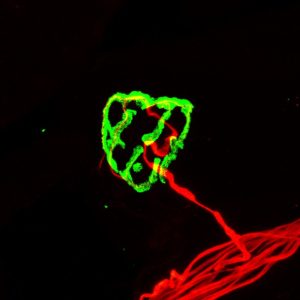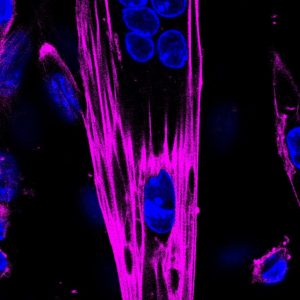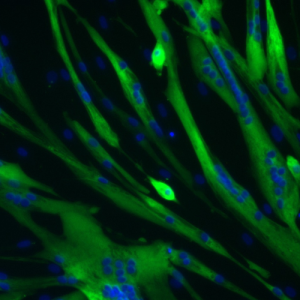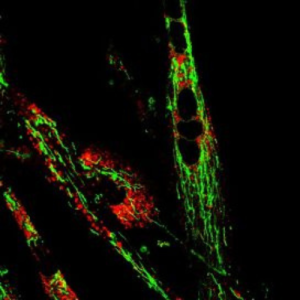Skeletal muscle has a pivotal role in the maintenance of whole-body metabolism, and the loss of muscle mass and functionality (muscle wasting; MW) predisposes to several diseases. MW is a common feature of noncommunicable chronic diseases (NCDs), such as obesity, diabetes, and sarcopenia, contributing to their deleterious outcomes. Sarcobesity, i.e., MW coincident with increased fat tissue, is a growing, urgent and poorly understood complex syndrome with detrimental consequences and elevated healthcare costs. The nutritional transition to a “Western diet” (WD) increases the development of insulin resistance and metabolic inflexibility predisposing to MW and sarcobesity by sustaining systemic/local inflammation and oxidative stress. WD foods contain high advanced glycation end-products (AGEs), a group of glycosylated adducts also endogenously formed. AGE accumulation over time alters the function of tissue cross-linked proteins and sustains oxidative stress and inflammation via the receptor RAGE. Indeed, AGEs/RAGE interactions have been implicated in multiple metabolic disorders, including obesity, insulin resistance, and diabetes.

About
In diabetic and geriatric patients, accumulation of AGEs in skeletal muscle, blood, and skin, has been associated with sarcopenia, and RAGE signaling induces MW in several conditions. The mechanisms underlying WD-dependent MW, including the potential role of dietary AGEs (dAGEs)/RAGE axis have not been investigated so far. We hypothesize that high dAGEs might be mediators of WD-dependent MW and contribute to the onset and progression of sarcobesity, predisposing to earlier and more severe metabolic consequences, including type 2 diabetes (T2D).
The synergy between basic science and clinical research will allow the validation in patients of the main findings obtained in preclinical models conferring to the project high translational potential and future socio-economic impact. The already ongoing collaboration between the research units and the consistent collection of preliminary results ensure the project feasibility that will accelerate the identification of strategies to mitigate the detrimental effects of WD and related NCDs in line with the PNRR objectives and WHO agenda goals.







